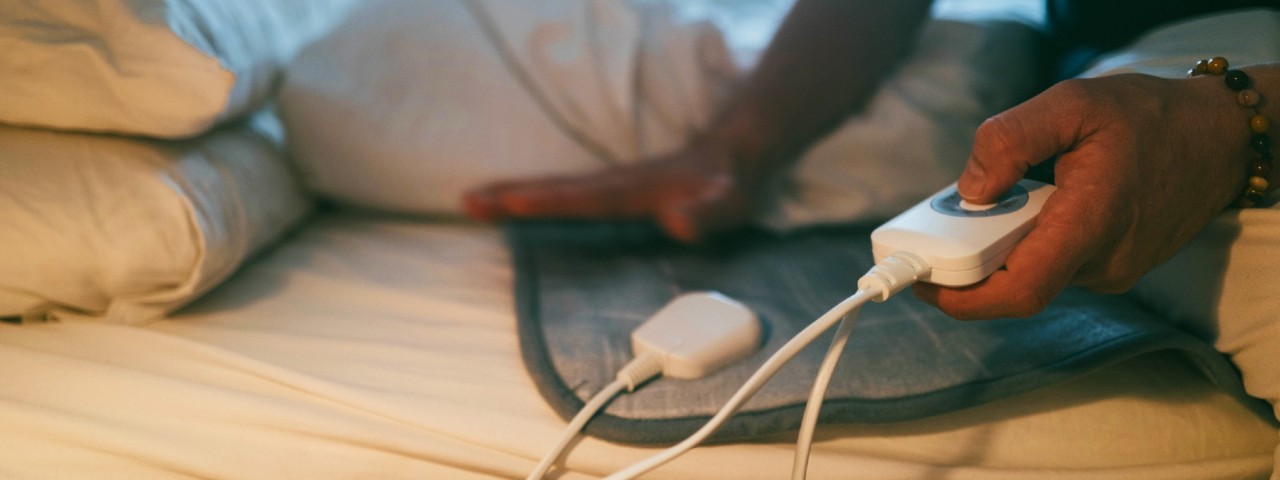|

Electric Blanket Safety: Stay Warm, Stay Safe
As temperatures drop during autumn and winter, many people turn to electric blankets for warmth. However, improper use or faulty blankets can pose serious fire hazards. Electric blankets cause over 5,000 home fires annually, but you can prevent these dangers by following these essential safety tips.
Before Plugging It In: Inspect Your Blanket
Before using your electric blanket, check for any signs of damage. If you notice any of the following, stop using it immediately and have it replaced or inspected by a qualified professional:
Frayed fabric or exposed wiring
Scorch marks or signs of burning
Creases or folds (which can damage internal wires)
Damp spots or signs of moisture
Missing or damaged tie tapes
Loose electrical connections
Worn-out power cord (flex)
An outdated BEAB safety mark (a round symbol instead of the new black-and-white logo)
If your blanket is over 10 years old, it’s time to replace it—even if it looks fine.
Buying a New Electric Blanket
When purchasing a new electric blanket, follow these safety guidelines:
Buy new, never second-hand. Older blankets may have hidden wear or lack modern safety features.
Look for a safety certification. Choose a blanket with the British (BS) or European (EN) safety standard mark.
Opt for overheat protection. This feature automatically switches off the blanket if it overheats.
Remember: It’s far cheaper to replace a faulty blanket than to recover from a house fire. More importantly, your family’s safety is priceless.
Storing Your Electric Blanket Safely
Proper storage helps extend your blanket’s lifespan and ensures safety:
Do not fold electric blankets. Folding can damage internal wiring—roll them instead.
Store on a spare bed. If possible, lay your blanket flat on a spare bed to keep it in good condition.
Keep blankets flat during use. Wrinkles or creases can lead to hot spots and potential fire risks.
Using Your Electric Blanket Safely
To avoid fire hazards, always follow manufacturer instructions:
Never use an electric underblanket as an overblanket, or vice versa.
Tie underblankets securely to the mattress to prevent shifting and creasing.
Only leave a blanket on overnight if it has thermostatic controls designed for all-night use. Otherwise, switch it off before getting into bed.
Never use a wet electric blanket. If it gets wet, do not turn it on to dry—let it dry completely before use.
Have your blanket tested every three years by an expert. Some local councils offer free safety testing—check with your trading standards office.
By following these simple steps, you can enjoy the warmth of an electric blanket safely and confidently throughout the colder months. Stay warm, stay safe!
|